Potřebujeme váš souhlas k využití jednotlivých dat, aby se vám mimo jiné mohly ukazovat informace týkající se vašich zájmů. Souhlas udělíte kliknutím na tlačítko „OK“.
ASTM D3906-03(2013)
Standard Test Method for Determination of Relative X-ray Diffraction Intensities of Faujasite-Type Zeolite-Containing Materials
Automaticky přeložený název:
Standardní zkušební metoda pro stanovení relativní rentgenová difrakce intenzity typu faujasitu materiály obsahující
NORMA vydána dne 1.12.2013
Informace o normě:
Označení normy: ASTM D3906-03(2013)
Poznámka: NEPLATNÁ
Datum vydání normy: 1.12.2013
Kód zboží: NS-25294
Počet stran: 7
Přibližná hmotnost: 21 g (0.05 liber)
Země: Americká technická norma
Kategorie: Technické normy ASTM
Kategorie - podobné normy:
Anotace textu normy ASTM D3906-03(2013) :
Keywords:
catalyst, faujasite, X-ray diffraction, zeolite, ICS Number Code 71.060.01 (Inorganic chemicals in general)
Doplňující informace
| Significance and Use | ||||||
|
4.1 Zeolites Y and X, particularly for catalyst and adsorbent applications, are a major article of manufacture and commerce. Catalysts and adsorbents comprising these zeolites in various forms plus binder and other components have likewise become important. Y-based catalysts are used for fluid catalytic cracking (FCC) and hydrocracking of petroleum, while X-based adsorbents are used for desiccation, sulfur compound removal, and air separation. 4.2 This X-ray procedure is designed to monitor these Y and X zeolites and catalysts and adsorbents, providing a number more or less closely related to percent zeolite in the sample. This number has proven useful in technology, research, and specifications. 4.3 Drastic changes in intensity of individual peaks in the XRD patterns of Y and X can result from changes of distribution of electron density within the unit cell of the zeolite. The electron density distribution is dependent upon the extent of filling of pores in the zeolite with guest molecules, and on the nature of the guest molecules. In this XRD method, the guest molecule H2O completely fills the pores. Intensity changes may also result if some or all of the cations in 4.3.1 Because of the factors mentioned in 4.4 Corrections are possible that can make this XRD method accurate for measuring percent zeolite in many specific situations. These corrections are well known to those skilled in X-ray diffraction. It is not practical to specify those corrections here. |
||||||
| 1. Scope | ||||||
|
1.1 This test method covers the determination of relative X-ray diffraction intensities of zeolites having the faujasite crystal structure, including synthetic Y and X zeolites, their modifications such as the various cation exchange forms, and the dealuminized, decationated, and ultrastable forms of Y. These zeolites have cubic symmetry with a unit cell parameter usually within the limits of 24.2 and 25.0 ˚Å (2.42 and 2.50 nm). 1.2 The samples include zeolite preparations in the various forms, and catalysts and adsorbents containing these zeolites. 1.3 The term “intensity of an X-ray powder diffraction (XRD) peak” is the “integral intensity,” either the area of counts under the peak or the product of the peak height and the peak width. 1.4 This test method provides a number that is the ratio of intensity of portions of the XRD pattern of the sample to intensity of the corresponding portion of the pattern of a reference zeolite, NaY. (Laboratories may use a modified Y or X, for example, REY as a secondary standard.) The intensity ratio, expressed as a percentage, is then labeled “% XRD intensity/NaY.” 1.5 Under certain conditions such a ratio is the percent zeolite in the sample. These conditions include: 1.5.1 The zeolite in the sample is the same as the reference zeolite. 1.5.2 The absorption for the X-rays used is the same for the zeolite and the nonzeolite portions of the sample. 1.6 This standard does not purport to address all of the safety concerns, if any, associated with its use. It is the responsibility of the user of this standard to establish appropriate safety and health practices and determine the applicability of regulatory limitations prior to use. |
||||||
| 2. Referenced Documents | ||||||
|
Podobné normy:
Historická
1.3.2012
Historická
1.4.2013
Historická
15.5.2008
Historická
1.10.2009
Historická
1.10.2009
Doporučujeme:
EviZak - všechny zákony včetně jejich evidence na jednom místě
Poskytování aktuálních informací o legislativních předpisech vyhlášených ve Sbírce zákonů od roku 1945.
Aktualizace 2x v měsíci !
Chcete vědět více informací? Podívejte se na tuto stránku.


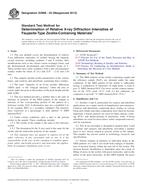
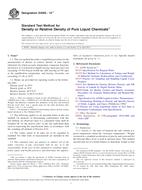 ASTM D3505-12e1
ASTM D3505-12e1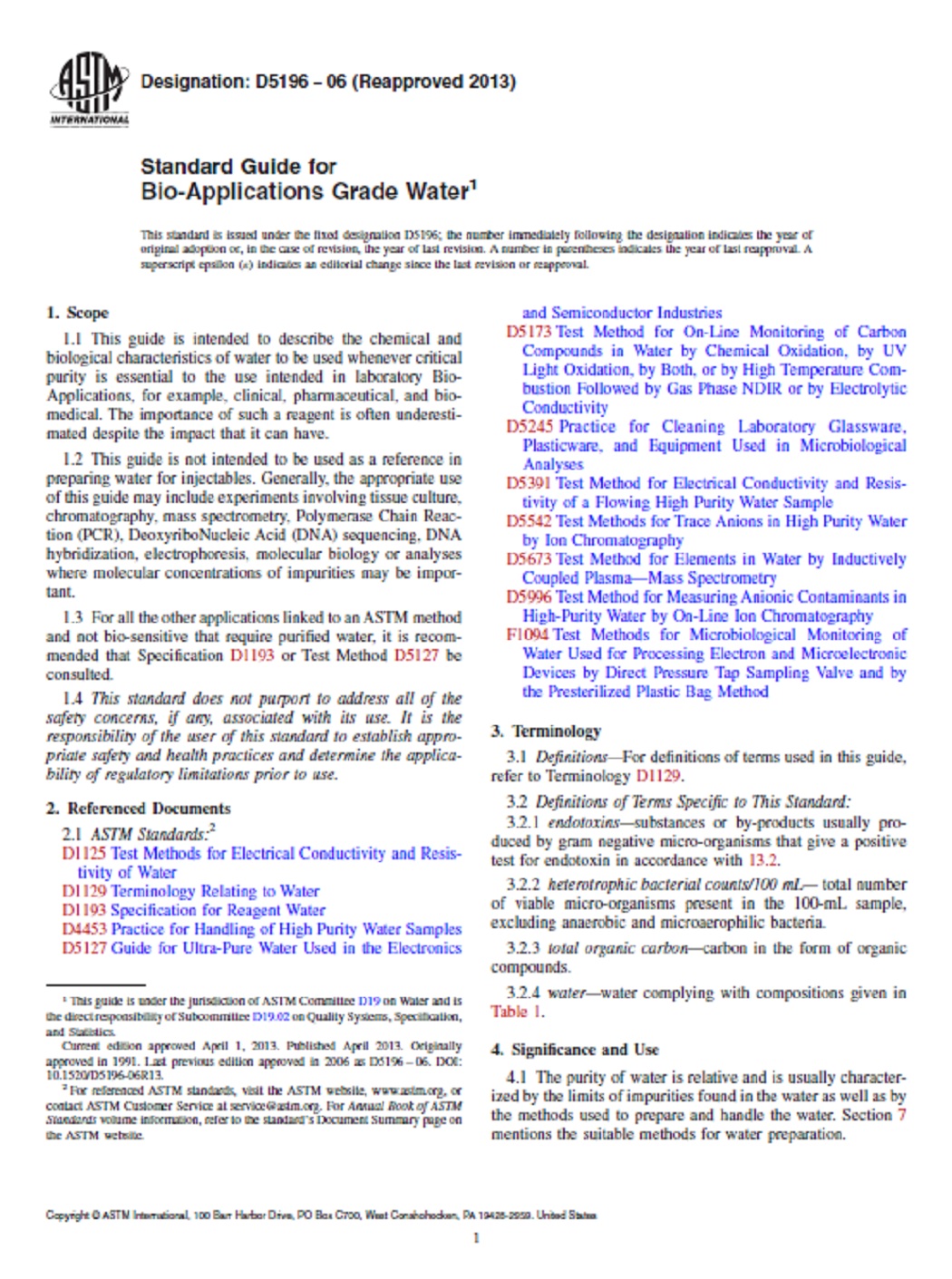 ASTM D5196-06(2013)..
ASTM D5196-06(2013)..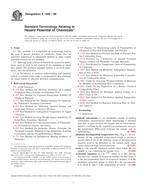 ASTM E1445-08
ASTM E1445-08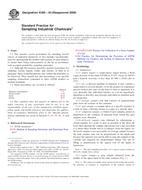 ASTM E300-03(2009)..
ASTM E300-03(2009)..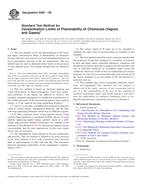 ASTM E681-09
ASTM E681-09
 Cookies
Cookies
